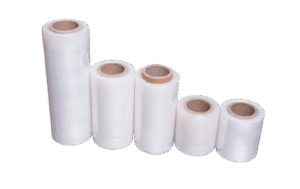Home » How To Choose The Right Stretch Film for Your Application
How To Choose The Right Stretch Film for Your Application

Selecting the right stretch film is essential for ensuring the stability, safety, and integrity of your products during storage and transit. Stretch film plays a crucial role in protecting products on pallets, minimizing damage, and reducing losses. Understanding the basics of stretch film and the specific needs of your application is key to making the right choice.
To select the right stretch film for your application, you must consider the following factors:
- Load Type
- The Type of Product You Are Shipping
- Application Methods
- Cost
Detailed Considerations When Selecting Stretch Film
Load Type
Understanding the type of load you are securing is crucial in selecting the appropriate stretch film. Loads can be categorized into three main types:
- Type A Loads: Uniform loads with straight edges that are similar in shape to the pallet. These loads are easier to wrap and are less prone to puncturing the film.
- Type B Loads: Loads with some irregular shapes or slightly overhanging edges which can challenge the film’s integrity and require more durable film to prevent tears.
- Type C Loads: Highly irregular loads with sharp edges or unstable stacking that pose the highest risk for puncturing and tearing. These require the strongest, most resilient films.
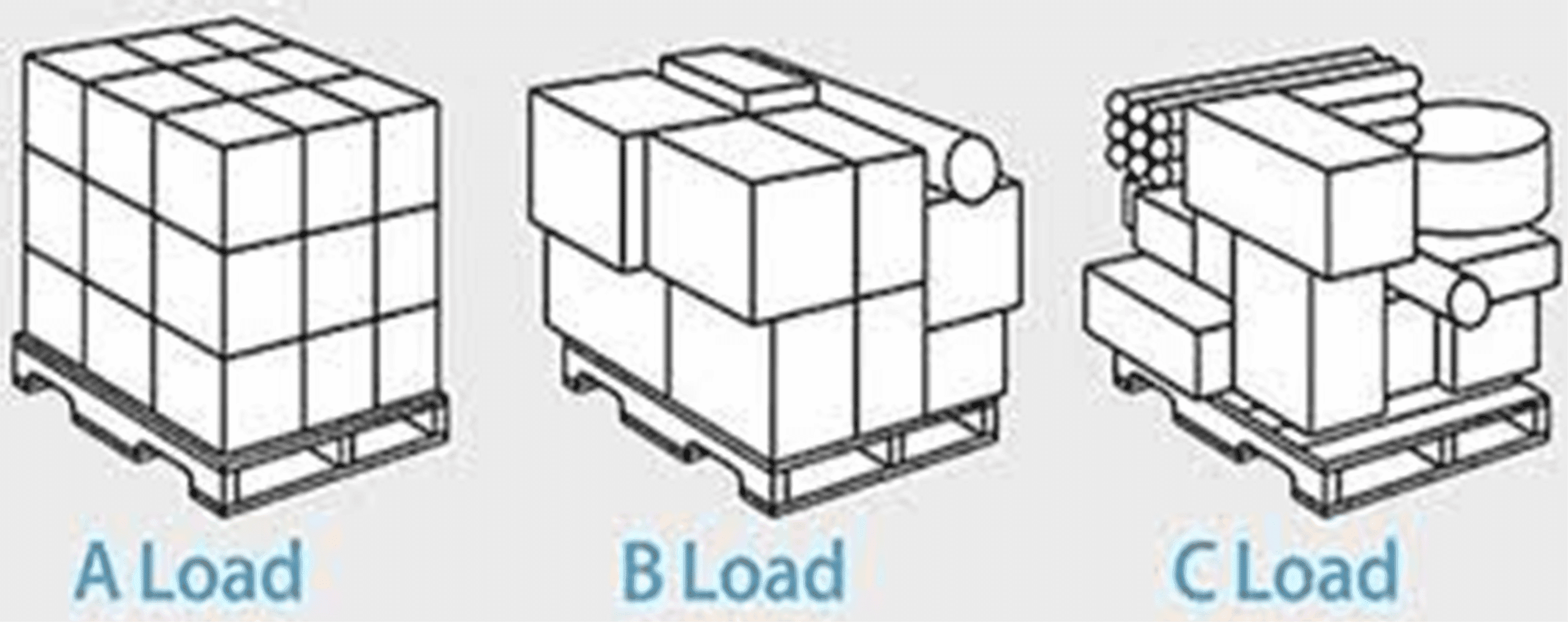
Product Type and Weight
The type of product and its weight influence the choice of stretch film:
- Light Loads: For products like tissues or paper goods, a lighter gauge film can suffice.
- Medium Loads: Products such as canned goods that weigh more but aren’t excessively heavy might need a medium gauge film for better performance.
- Heavy Loads: For items like bricks or chemicals, a heavy-duty film is necessary to accommodate the increased weight and potential shifting within the load.
Application Methods
The method of application significantly affects the type of stretch film needed:
- Hand Rolls: Best for low-volume packaging operations or where machinery is not feasible. Hand rolls are lighter and more manageable for manual application.
- Machine Rolls: Ideal for high-volume environments where machines can apply the film much faster and more consistently than manual applications.
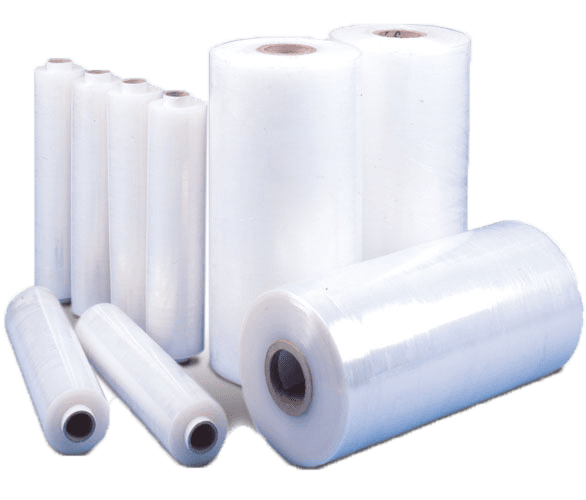
Cost Considerations
Budget is always a concern, but balancing cost with quality is key:
- Economic Films: Typically thinner and less durable, suitable for light, uniform loads that require basic containment.
- Premium Films: More expensive, these films offer better stretch, durability, and puncture resistance for challenging load types.
Special Product Requirements and Additives
Depending on the specific needs of the products being shipped, different additives in stretch films can provide necessary protection:
- UV Protection: Essential for products exposed to sunlight during storage or transit to prevent degradation.
- Anti-Static Films: Crucial for electronic products to prevent static discharge during handling.
- Colored Films: Useful for coding shipments by destination or product type, enhancing organization and handling efficiency.
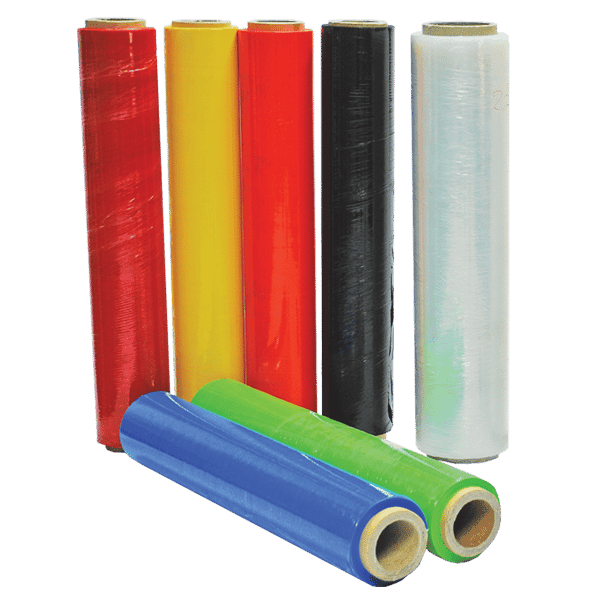
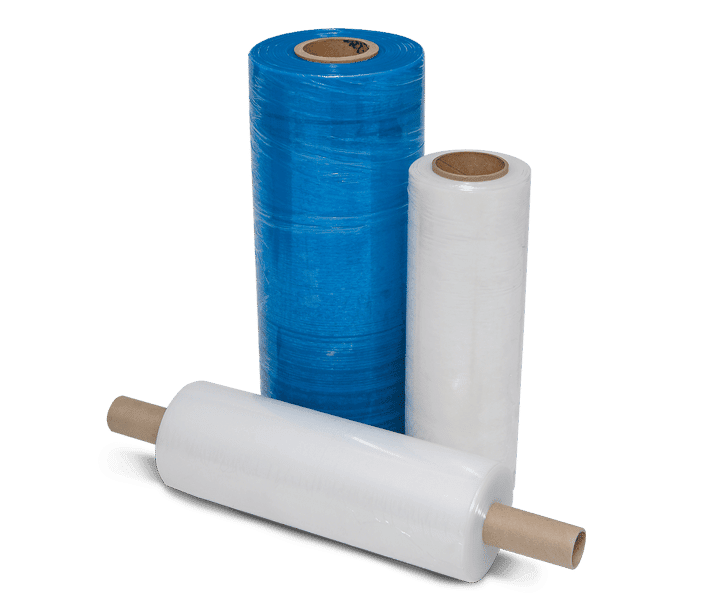
Sustainability Options
Consider environmentally friendly films that reduce the impact on the environment without compromising on quality or performance:
- Recycled Content Films: Made from post-consumer or post-industrial recycled materials.
- Biodegradable Films: Designed to break down more quickly than traditional plastics, reducing waste in landfills.
Summary: Making the Right Stretch Film Choice
To effectively select the right stretch film, you must analyze the load type and product characteristics to determine the film’s required strength and resistance. Consider the operational context, such as the volume of wrapping needed and whether it will be done manually or with machines. Balance your budget with the need for film performance to avoid over-spending or under-protecting your products. Evaluate any special requirements such as UV protection, anti-static properties, or color coding. Opt for sustainable options where possible to align with environmental goals.
By thoroughly assessing these factors, you can choose a stretch film that not only meets your logistical requirements but also enhances the security and integrity of your shipments. For tailored solutions that match your specific needs, consulting with a professional packaging supplier like Brown Packaging can provide you with the expertise and product range to ensure optimal protection and performance.
With new tariff proposals and continued trade uncertainty, 2026 is shaping up to be another pivotal year for packaging sourcing strategy. Many companies that shifted
Following multiple rounds of tariff changes and trade policy adjustments, 2026 marks a turning point for U.S. packaging buyers. Many who previously transitioned from China
Shifting packaging production from China to the U.S. can help stabilize costs, reduce tariff exposure, and shorten lead times. But the transition process requires careful
RSC boxes are known for their efficiency and versatility, but their performance ultimately comes down to strength. Buyers often see numbers like ECT, BCT, and
In packaging, foam isn’t just about initial protection — it’s about maintaining performance over the entire shipping or storage cycle. Compression set and recovery characteristics
Pouches are a go-to for flexibility and convenience, but they can fail in critical ways—from poor seals to punctures and delamination—that hurt performance and brand
Home » How To Choose The Right Stretch Film for Your Application

In a supply chain, your packaging is subjected to various stresses, including being pushed, pulled, dropped, and compressed against other packages. Proper packaging techniques are

In the world of packaging and delivery, corrugated boxes have long been the workhorse of choice. Known for their durability, flexibility, and affordability, these boxes

In an increasingly competitive and environmentally conscious world, protective packaging has become an essential component of product manufacturing and delivery. The demand for efficient and


